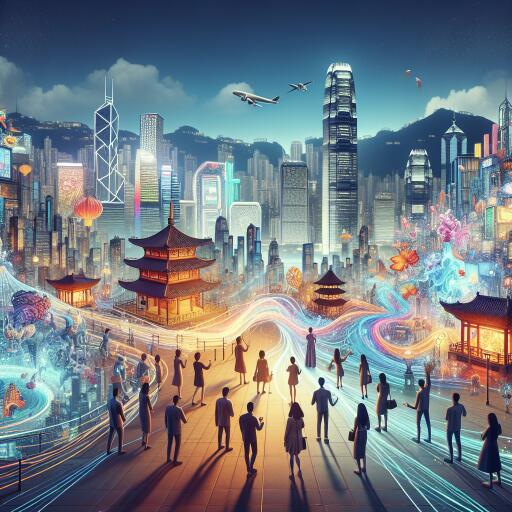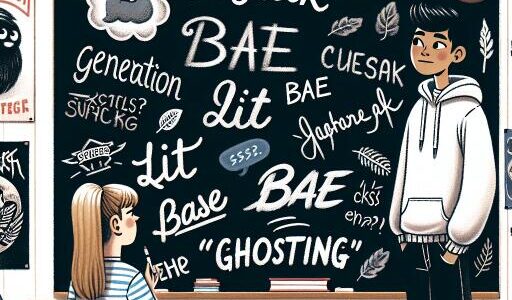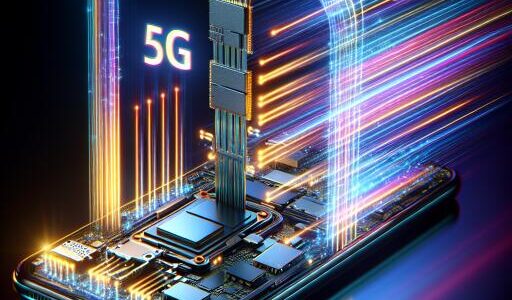Hong Kong’s Ambitious Dive into the Fusion of Art and Technology
In recent years, Hong Kong has been making headlines with its substantial financial investment towards the fusion of art and technology, a venture that remains as enigmatic as it is promising. The term ‘art tech’ has been tossed around in various circles, generating both excitement and confusion about its definition and potential impact. This initiative aims not only to revolutionize how art is created and consumed but also to captivate the younger generation with its blend of novelty and creativity.
The endeavor into art tech in Hong Kong was given a significant boost four years ago, with the government earmarking a considerable sum to support its growth. However, defining what ‘art tech’ encompasses has been a challenge. From artificial intelligence-written music to augmented reality exhibitions, art tech spans a broad spectrum, integrating digital innovations to redefine the art experience. This integration opens up limitless possibilities for creativity, transforming traditional mediums and creating new forms of artistic expression.
Despite the enthusiasm, the journey has been somewhat tumultuous, reflecting a somewhat scattered development without clear objectives or success metrics. Following the initial announcement by the city’s administration, entities ranging from universities to corporations eagerly explored the potential of art tech, delving into artificial intelligence, virtual reality, and more. This led to a series of innovative displays and projects across the city, including augmented reality art festivals and digital renditions of historical artifacts, showcasing the breadth of art tech’s applications.
At the heart of this movement is a desire to bridge the gap between technology and art, not only in terms of creation but also in how art is experienced by audiences. Institutions across the city, from universities to cultural organizations, have launched various programs and partnerships aimed at nurturing talent and exploring the intersection of art and technology. These efforts have brought to light the incredible potential of art tech to transform the arts sector, making it more accessible and engaging to a broader audience.
Yet the wider adoption and definition of art tech remain fluid. With each entity bringing its interpretation to the table, the sector witnesses a vibrant yet confusing landscape of projects. Funding bodies and educational institutions grapple with the balance between technological innovation and artistic integrity, emphasizing the importance of ensuring that the ‘art’ remains central to art tech.
Despite these challenges, the commitment to exploring art tech’s potential remains strong. The involvement of technology not just as a tool but as an integral part of the creative process promises to open new avenues for artists and creators. Projects that blend art with digital technologies—such as interactive dance performances and AI-generated art—showcase the exciting directions in which the sector can evolve.
As Hong Kong continues to position itself as a hub for innovation, the art tech sector represents a significant area of growth and opportunity. The city’s blend of cultural diversity and technological prowess provides a fertile ground for art tech to flourish. However, the journey ahead requires a clear vision, one that harmonizes the technological possibilities with the essence of artistic expression. It’s not just about using technology for the sake of innovation; it’s about expanding the boundaries of what art can be and how it’s experienced.
In conclusion, while art tech in Hong Kong is still defining its contours, the shared journey of artists, technologists, and policymakers towards understanding and shaping this fusion promises a future where art is not only seen or heard but experienced in entirely new dimensions. As the sector matures, the focus should not only be on technological advancement but on cultivating meaningful, culturally rich narratives that resonate with audiences, ensuring art tech’s sustainability and relevance for generations to come.









